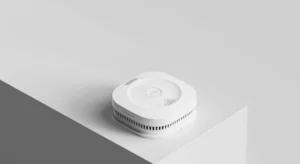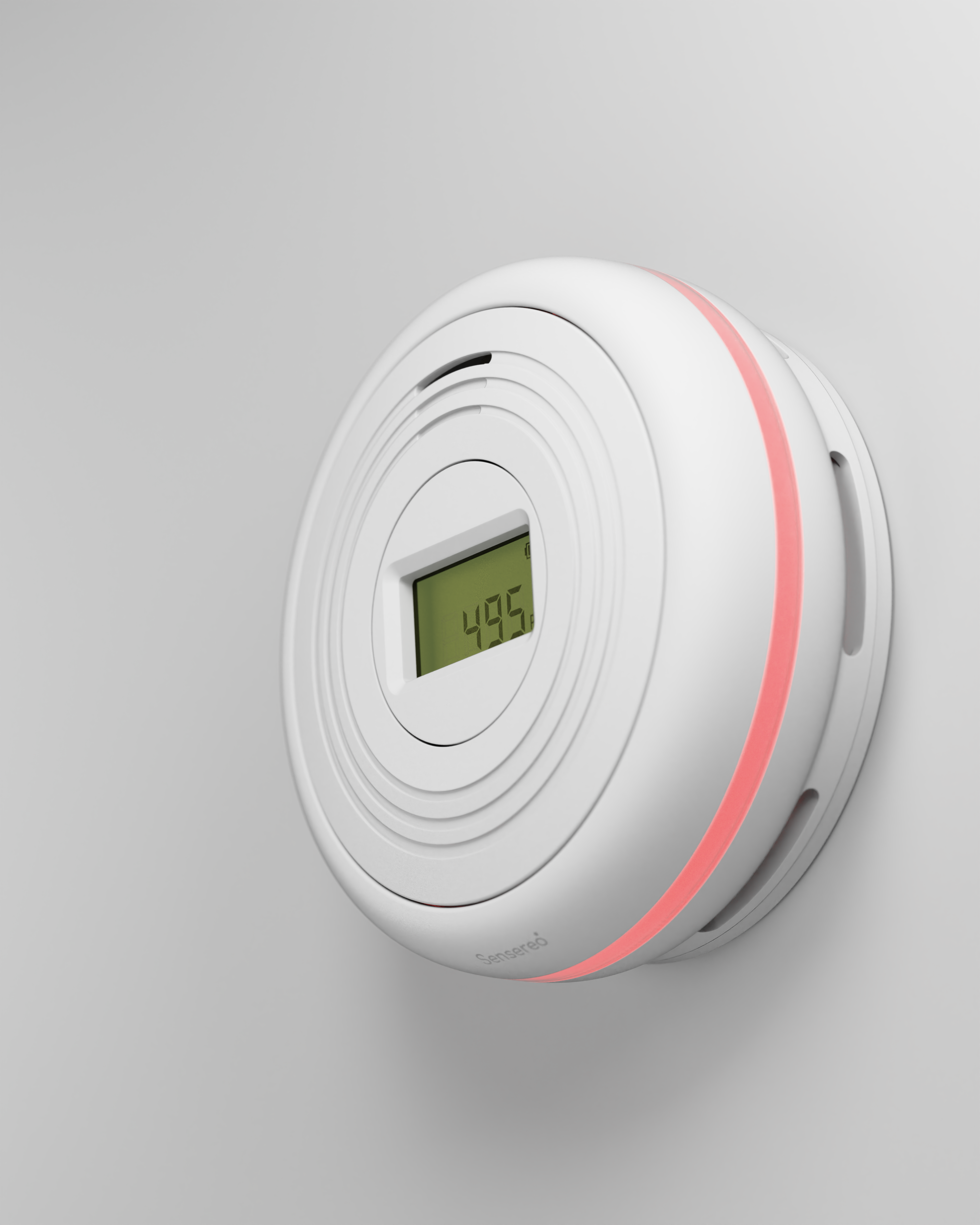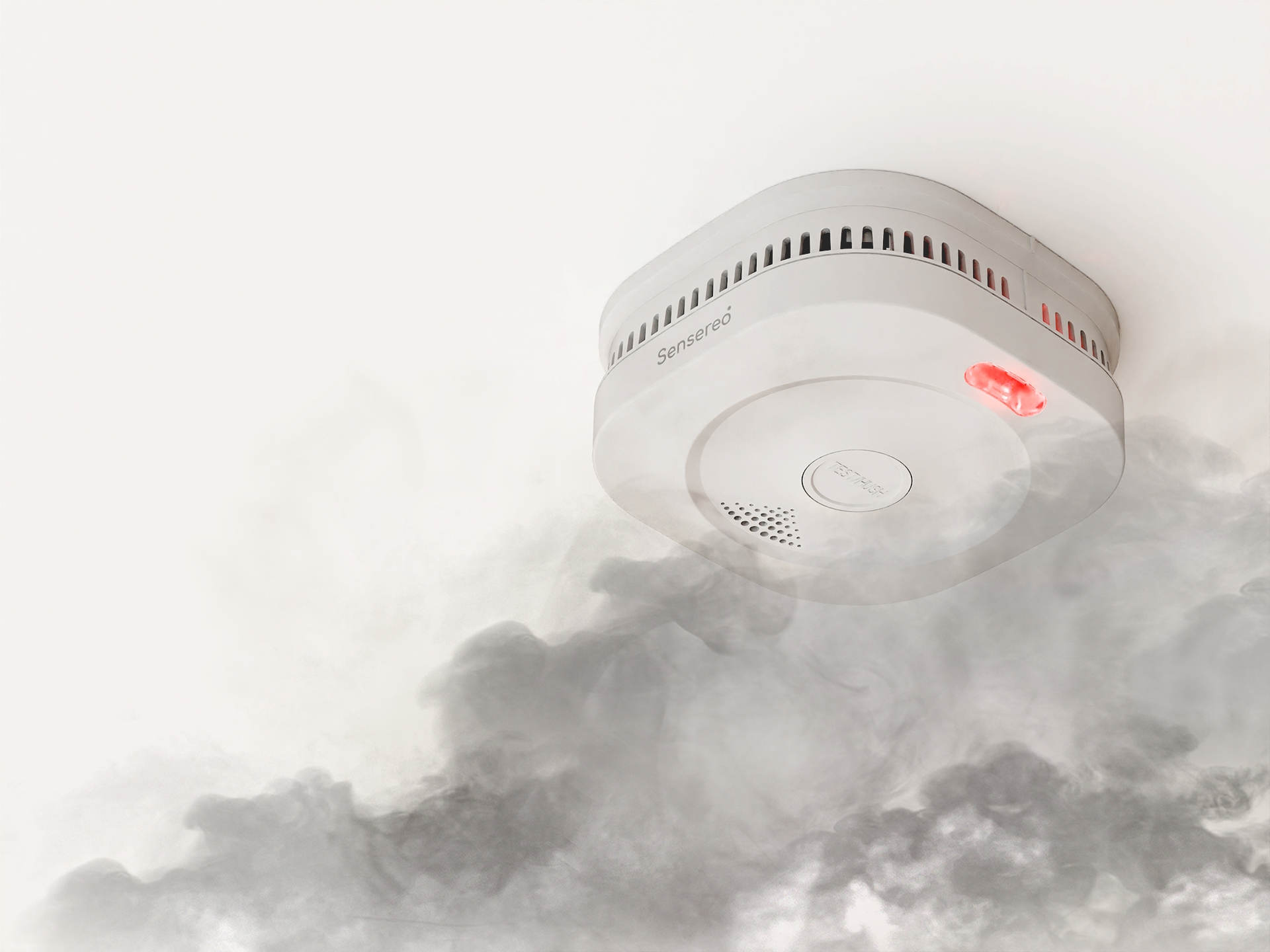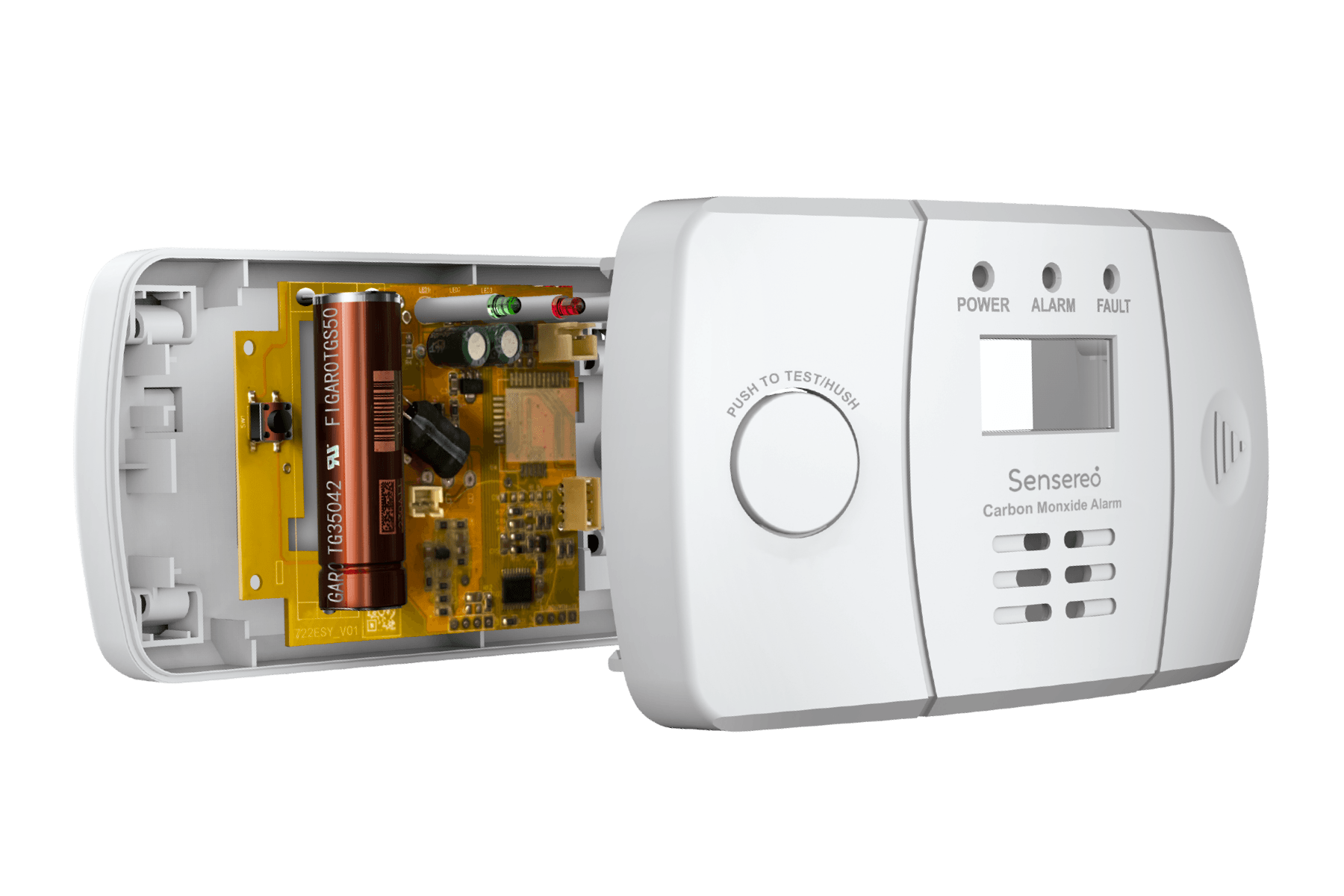Brief Summary:
Smart homes are supposed to simplify our lives, and the new Matter over Thread devices are getting us closer to a future where lights, sensors, locks, and detectors from different brands can all work together. But if you’ve tried setting up Matter in both Apple HomeKit and Home Assistant, you may have noticed that the user experience feels different across the two platforms.Why does this happen? Let’s explore the distinct approaches of HomeKit and Home Assistant, how they integrate Matter devices, and what this means for safety-focused gadgets like a smart smoke detector.
Understanding Matter over Thread
To understand the platform differences, let’s first quickly review the underlying technologies.
Matter is the universal smart home protocol backed by Apple, Google, Amazon, and other major companies. Its goal is simple: to allow devices from different brands to work together seamlessly.
Thread is the networking technology that powers many Matter over Thread devices. Unlike Wi-Fi, Thread is a low-power mesh network where each device acts as a node, passing signals along to others. This creates a fast, stable, and self-healing network , enabling fast responses, offline functionality, and interoperability. In theory, a matter smoke detector from one company should work equally well with a motion sensor from another, regardless of the platform you choose.

Why Matter Devices Feel Different Across Platforms
The key to understanding the difference is in how each platform “supports” the Matter standard. A matter support device might meet all the technical requirements, but its performance depends on how HomeKit or Home Assistant implements that standard.
Here’s a look at what often makes the difference:
Certification and Testing: Apple’s HomeKit requires strict certification for devices. When a product passes, it generally operates with high reliability and minimal issues. In contrast, Home Assistant’s open-source nature is more flexible, allowing for a wider range of devices but also requiring users to stay on top of updates or potential configurations.
Ecosystem Integration: HomeKit is designed to be tightly integrated with the Apple ecosystem, providing a seamless experience for automations, notifications, and Siri voice control. Home Assistant offers powerful customization options and broader device compatibility, but this sometimes requires manual configuration files or updates.
Thread Border Routers: For the Thread network to work, you need a border router, which can be a HomePod mini, Apple TV, or certain smart speakers. Apple’s ecosystem ensures these routers are highly optimized for HomeKit. With Home Assistant, you have the flexibility to use a variety of hardware as border routers, allowing for a custom setup that suits your needs.
The Role of Smart Safety Devices in Matter Ecosystems
For life-safety devices like a smart smoke detector, reliability is everything. A device taking an extra second to respond is one thing for a light bulb, but it’s entirely different for a critical safety alarm. This is where the approaches of both platforms are highlighted.
In HomeKit: Thanks to strict certification, safety devices often perform seamlessly. When smoke is detected, the alarm can trigger lights, notifications, and Siri voice alerts without extra configuration.
In Home Assistant: The same powerful automations are possible, and the system can integrate Matter devices with a wider range of hardware. This flexibility provides a custom-built solution for users who are comfortable with the setup and maintenance.
A matter smoke detector benefits from Thread’s mesh reliability, which ensures low latency and reliable alerts. The signal can hop between devices until it reaches all parts of the home. In a life-safety situation, both platforms are capable of delivering critical alerts, but their different designs influence the setup experience.
Common Challenges With Matter Over Thread Devices
If you’ve noticed hiccups in performance, you’re not alone. Matter is still new, and many users report issues that vary between ecosystems. Some common challenges include:
Firmware updates – Not all manufacturers roll out updates consistently, leading to bugs.
Multiple border routers – Having more than one can confuse the Thread network.
Mixed protocols – Running Wi-Fi, Zigbee, and Thread devices together sometimes creates conflicts.
How to Choose the Right Platform for Your Matter Smart Home
So, which platform should you choose for your Matter setup? The answer depends on what you value most.
Choose HomeKit if you prefer…
- Plug-and-play simplicity with minimal setup.
- Deep integration with your Apple ecosystem.
- A curated, seamless experience that prioritizes reliability for critical devices.
Choose Home Assistant if you value…
- Extensive customization and don’t mind a hands-on approach.
- Broader device compatibility that can integrate a wider range of brands.
- The power of an open-source system where you have control over updates and troubleshooting.
No matter which platform you choose, always make safety devices a top priority. Smoke and carbon monoxide detectors should be tested regularly, connected to a reliable network, and placed where they can provide maximum coverage.

Conclusion
Matter is one of the most exciting developments in smart homes in years, but it’s still evolving. The goal of universal compatibility is a powerful one, and both Apple HomeKit and Home Assistant are capable of delivering a great user experience. The difference lies in their approach: HomeKit offers a streamlined, controlled environment, while Home Assistant provides a customizable, open-source platform.
The best strategy is to choose trusted brands and tested products that you know will work when it matters most.
FAQ
Q1: What are Matter over Thread devices?
Matter over Thread devices are smart home products that use the Matter standard for universal compatibility and Thread for reliable, low-power networking. They’re designed to work across ecosystems like Apple HomeKit and Home Assistant.
Q2: Are smart smoke detectors compatible with Matter?
Yes. A smart smoke detector with Matter support can connect with other Matter devices to trigger automations, such as turning on lights or sending phone alerts.
Q3: How reliable is a Matter smoke detector?
A Matter smoke detector benefits from Thread’s mesh network, which ensures low latency and reliable alerts even if Wi-Fi goes down. For dependable protection, check out Sensereo’s MS-1 for more details.




